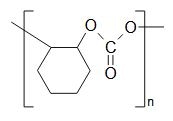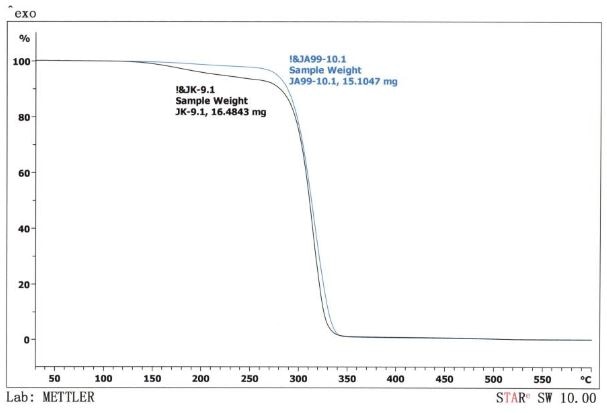Poly (cyclohexene carbonate) is a solid polymer. It is a clear, amorphous, readily processible plastic with long term mechanical stability.
Technical Name Poly (cyclohexene carbonate)
Chemical Formula

Molecular Weight Available - Approximately 150,000 - 200,000
Applications
- Binder applications for metal, ceramics or glass powders
- Decomposable channel former
- Pore former
Typical Physical Properties
| Property |
Value |
| Density (g/cm3) |
1.10 |
| Decomposition Temperature (°C) |
250 (onset estimate) |
| Glass Transition Temperature (°C) |
120-130 |
| Solubility |
Upon request |
Product Delivery Form - It is available as a granulate, film or in solution form.
Benefits
- Upon decomposition, QPAC®130 leaves less than 10 ppm ash residue, resulting in superior mechanical and/or electrical properties
- Low temperature decomposition is exceptional for thermal sensitive materials and is more efficient than other binders
- QPAC®130 has a higher Tg than QPAC®25 and QPAC®40 offering more stability at higher temperatures
- Decomposition can occur in a wide range of atmospheres including nitrogen, argon, hydrogen, air, oxygen and vacuum
TGA FOR QPAC®130

Image Credit: Empower Materials